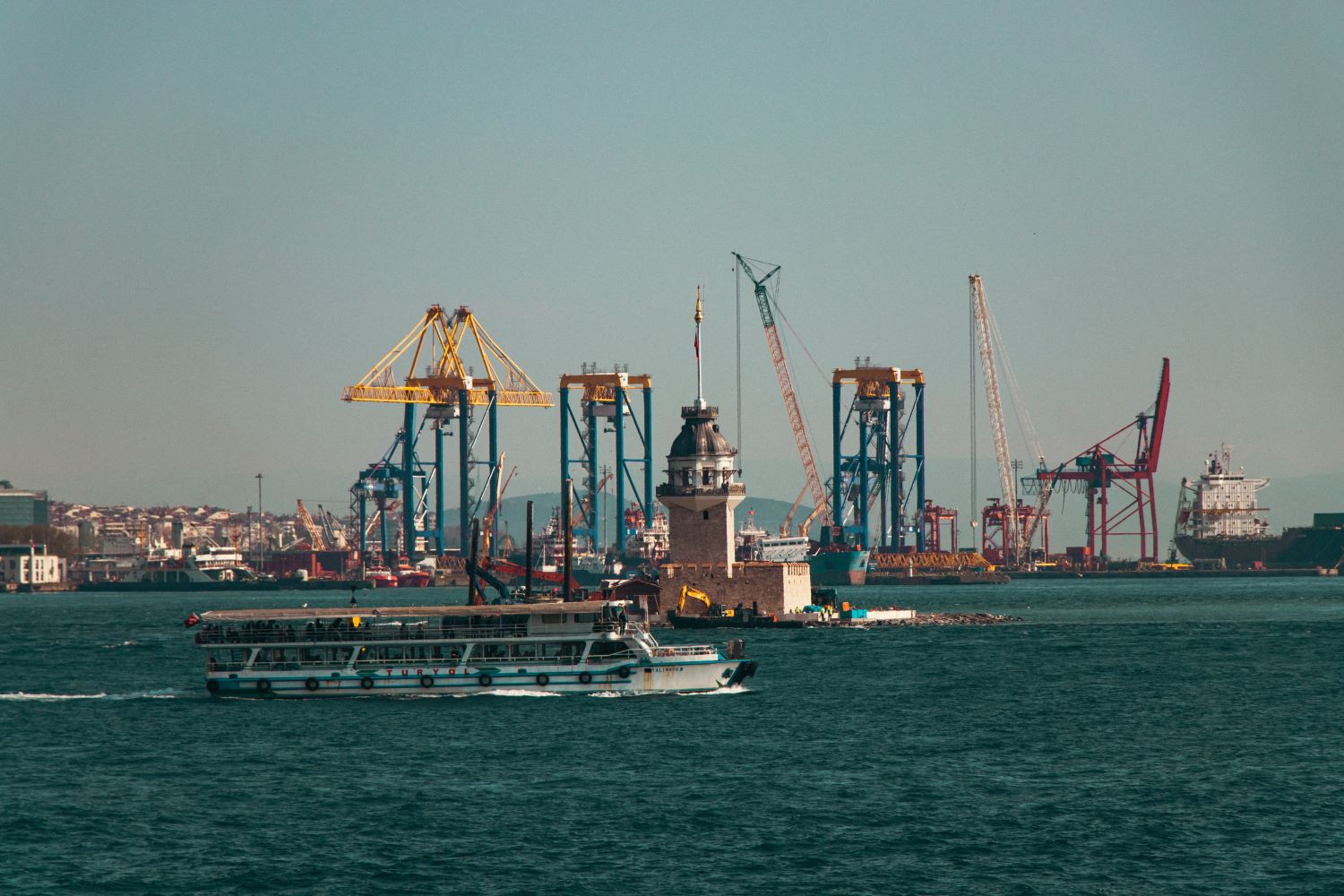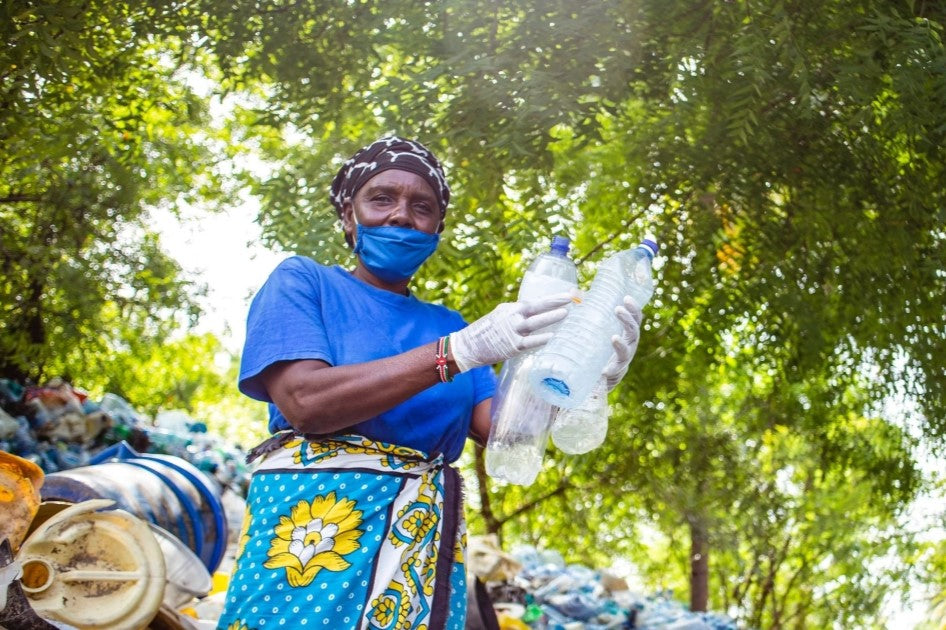We’ve already touched upon the topic of sustainability in some of our previous posts, so it’s already established - it’s not just another buzzword.
With so many environmental issues in the world, it’s transformed into something bigger, like a movement.
This is a true testament to the quick shift in mentality the whole society has managed to achieve in a relatively short time.
After all, mass production is fairly new.
The Industrial Revolution, and the environmental consequences that followed, happened only a few hundred years ago. That’s not a long time for humanity, let alone our planet.

Today, we know we have to do better. In the end, the well-being of Earth is on the line.
With that very goal in mind, we started asking important questions, like what is sustainable energy? What can we do better? In response, many brands promote sustainable products and bet on environmentally conscious and responsible manufacturing and agricultural practices.
We see the increasing number of new types of vehicles on the roads that hopefully will help reduce emissions and carbon footprint.
Researchers and companies are working tirelessly on developing new green technologies mostly fueled by renewable energy sources.
Our own brand, Misona, was also born on the wave of the same ideology, which is reflected in our product line - eco towels or our quick dry bath mat selection.
Also, our today’s topic is a hallmark of how far we’ve come. We now celebrate the Earth and have open and public discussions on how we can make it a better place.
These little holidays and days of significance remind us of the past, and give us hope as well as motivation for the future.
World Environment Day is without a doubt one of the most important celebrations out there.
June 5th this year marked the 50th anniversary of the initiative, which is why we thought it’s only right to do it justice and delve into the history of this special day.
The Birth of World Environment Day
It all technically started back in 1972. This was when the first-ever United Nations Conference on the Human Environment was held in Stockholm, Sweden.
The goal was to really prioritise environmental protection and, as a consequence, the General Assembly adopted a dedicated Action Plan in the document known as the Stockholm Declaration, and created the United Nations Environment Programme.

The general resolutions can be divided into 3 parts:
-
Global Environmental Assessment Programme;
-
Environmental management activities;
-
International measures aimed at supporting management and assessment activities carried out both at the national as well as international levels.
A year later, the first World Environment Day ever was held to commemorate that very event in Swiss city of Geneva.
The first, perhaps more official, WED with its own main theme - “Only One Earth” – took place in Spokane, United States, in 1974.
Ever since, every year to this day, participants from over 150 countries gather together in one of the major cities around the world to celebrate the efforts that have been made so far and discuss the direction for the future.
Every year, they focus on the most pressing matter at the time and create a slogan to match it.
All this is done to help raise awareness and promote measures and actions that can help us protect our precious planet.
The Evolution of World Environment Day
The UN Conference was an unprecedented event that echoed and created a ripple effect, turning the eyes of the world to environmental issues really for the first time.
Year after year, more and more governments, NGOs, people, businesses and communities were starting to express their support for the initiative, helping it expand and spread.
The outreach and growing popularity is reflected in the fact that it was held in over 20 countries and more than 30 cities, including Beijing, Nairobi, Dhaka, Bogota, Brussels, Moscow, London, Beirut, Seoul, New Delhi, Shenzhen, and many, many more.
What’s interesting, it’s not just people in the position of power talking in fancy buildings – it’s actually chock-full of activities for everyone promoting healthy and sustainable lifestyle with bike rides, tree planting, workshops, clean-ups - just to name a few.
And, as we’ve already mentioned, every year has a new challenge, which is always addressed in the slogan.
This year’s event, which was focused on plastic pollution, was held in Cote d’Ivoire.

“Solution to Plastic Pollution” was the main theme – and it’s hard to argue with that choice.
While it may seem like this issue has been discussed and tackled so many times before, unfortunately, it doesn’t make it any less relevant.
Plastic pollution is still an important issue and plastic is, of course, still heavily used across plenty of different industries as a cheap, and perhaps, effective material, but nevertheless – a deadly one for our planet.
A growing number of studies also suggest that it’s not particularly good for us either. The constant prevalence of plastic bottles should be a concern.
Many companies decide to go completely plastic-free with their packaging, which is definitely a great start.
To make it possible, it’s also important for consumers to understand that they need their support.
Other Important Holidays
There’s no doubt, World Environment Day holds a very special place in the realm of green holidays, but it’s not the only one.
Let’s take Earth Day, which is probably just about the most famous celebration of “green” ideology. It’s older and even bigger than WED!
There are, however, plenty of similarities in their origins – it also followed a very important conference, but this one was organised by UNESCO in 1969.
This is when a peace activist, John McConnell, came up with the idea to pick a day dedicated to the celebration of Earth.

Lo and behold, on 22nd March 1970, it happened for the first time ever. The rest, as they say, is history.
Another very important contender is known as Arbor Day. This one’s different; it has a very unique and charming history.
To discuss its origins, we need to go all the way back to 10th April 1872 in Nebraska with the famous quote from a politician and journalist, J. Sterling Morton, who said “Other holidays repose upon the past; Arbor Day proposes for the future.”
Historical estimates suggest that, on that very day, the participants managed to plant approximately 1 million trees.
The idea of starting an arbor plantation festival actually originated in the small quaint town of Mondoñedo in Spanish Galicia, when its mayor decided to organise it for the first time back in 1594.
Green Legacy
We might not realise it, but these stories and initiatives shaped the way we think and had a big impact on our collective perception – perhaps more so on a subliminal level.
All the eco-friendly products from easy dry towels made from bamboo and organic cotton to green technologies could be created because mankind decided it should fight for Earth.
It helped drive innovation in sustainability.
In a way, even our stone bath mats for bathroom made from diatomite, thanks to which our bath mat dries quickly, could be created for the same reason.
So is solar-powered energy and something much smaller and regular – like reusable water bottles.
That only goes to show that when we put our minds together, we can make a real change.

